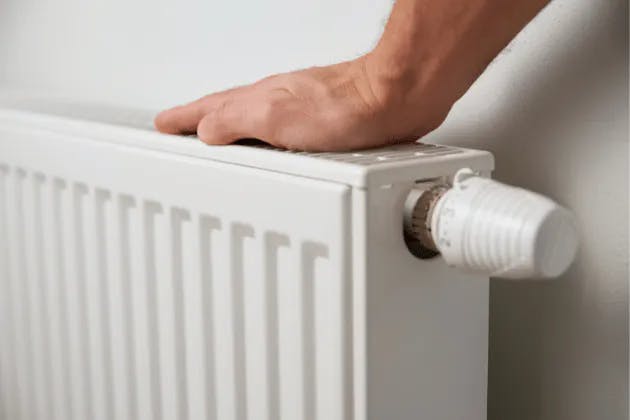Cold spots, escalating energy bills, and inconsistent heating are silent indicators of a common household heating issue: trapped air in your radiators. Understanding how to bleed a radiator is an essential skill for homeowners looking to maintain optimal heating efficiency and reduce unnecessary energy expenditure.
Air naturally accumulates within central heating systems over time, creating pockets that prevent hot water from circulating effectively. These air pockets compromise your radiators' performance, forcing your heating system to work harder and consume more energy. By learning to bleed your radiators, you can restore their full functionality, improve heat distribution, and potentially reduce your annual heating costs.

Tools and Materials Needed
Before you begin bleeding your radiator, ensure you have the following tools at hand:
- Radiator key: A small, inexpensive tool specifically designed for bleeding radiators. Universal keys fit most modern radiators.
- Flat-head screwdriver: An alternative to the radiator key for radiators with slotted bleed screws.
- Bowl or rag: To catch any water that may escape during the process.
- Optional: Allen key, spanners, or pliers for non-standard bleed screws.
Step-by-Step Process to Bleed a Radiator
Locate the Bleed Valve
The bleed valve is typically situated at the top of the radiator on one end. It's a small, square-shaped nut or a slot that accepts a screwdriver. On some modern radiators, it may be concealed behind a plastic cap.
Prepare the Area
- Turn off your central heating system completely.
- Allow the radiators to cool down thoroughly. This step is crucial to prevent scalding and minimise water spillage.
- Place your bowl or rag directly beneath the bleed valve to catch any water.
Open the Bleed Valve
- Insert your radiator key or flat-head screwdriver into the bleed valve.
- Turn the key or screwdriver anticlockwise, about a quarter to a half turn. You should hear a hissing sound as air escapes.
- Do not open the valve fully, as this can lead to excessive water loss.
Release Trapped Air
- Keep the valve open until the hissing stops and water begins to dribble out.
- Be prepared for a potential 'jet' of water, particularly with newer bleed valves. If this occurs, quickly close the valve to prevent flooding.
Close the Bleed Valve
- Once water flows steadily, close the valve by turning the key or screwdriver clockwise.
- Ensure the valve is closed firmly, but avoid over-tightening as this can damage the valve.
Troubleshooting Common Issues
- No water coming out: Ensure the heating system is off and cooled. If the problem persists, there may be an issue with your boiler pressure.
- Air still trapped: Repeat the bleeding process. If air remains, you may need to bleed other radiators in your system or check for leaks.
- Continuous water flow: This could indicate a faulty bleed valve. Close the valve immediately and consult a professional.
- Radiator still cold after bleeding: Check that your boiler pressure is correct and consider power flushing your system to remove debris.
By following these steps and being aware of potential issues, you can effectively bleed your radiators, improving your heating system's efficiency and comfort in your home.
FAQs
Contact our heating engineers in Southampton
To get in touch, please give us a call on 02380 601566 or 07732 785867. You can also send a message to the team using the contact form found on this page.



